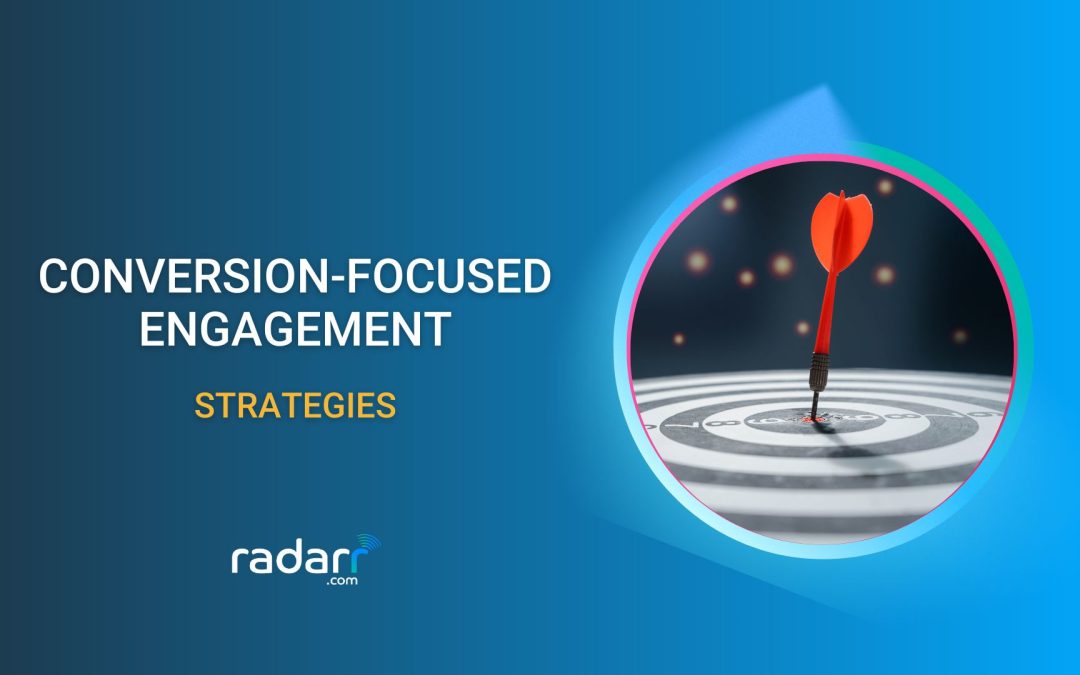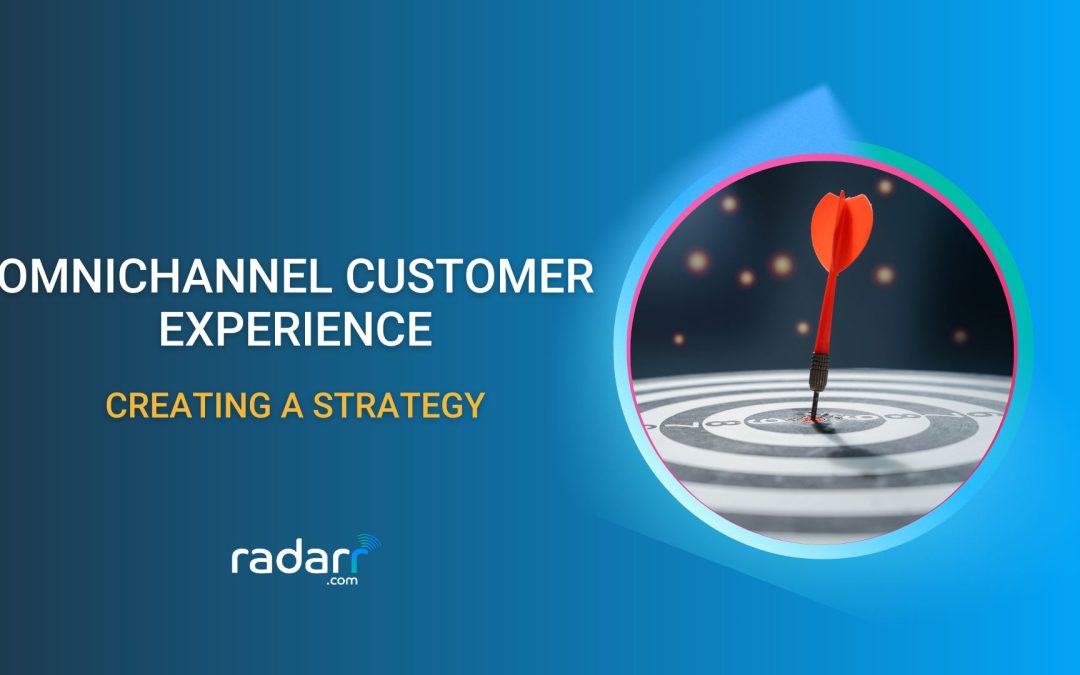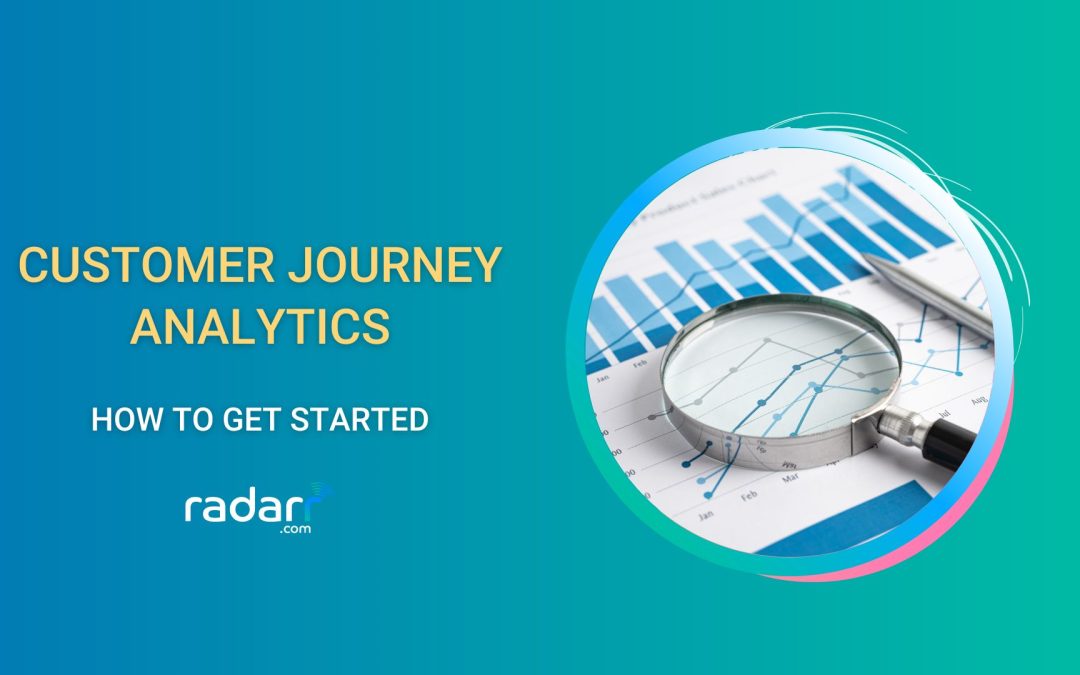Whenever a customer has a positive or a negative experience with a brand, the first instinct is to turn to social media, right?
Social media is now a goldmine of insights where businesses can learn about their target audience in a few clicks. But when all this data is scattered across different social media platforms, brands have a hard time understanding how to improve their customer experience initiatives.
Enter AI.
With the power of AI algorithms, businesses can quickly analyze social media and get valuable data about their audience’s preferences, behavior, sentiments, and expectations. Plus, using AI in customer journey mapping can deliver more personalized experiences and insights than ever before.
In this post, we’ll dive into understanding how AI and social media play a critical goal in uncovering how customers perceive your brand.
Role of social media in understanding customers
Brands and customers interact with each other through multiple channels. Businesses always look for ways to improve a customer’s journey, and customers expect smooth and personalized experiences at every touchpoint of their buying journey. Although that can be challenging, businesses can simplify the process by providing a robust customer orchestration strategy.

💡Also watch – Social Media Insights: A window into the mind of the modern consumer
Here are 4 ways in which brands today use social media to interact with their customer base while improving customer experience:
Gathering feedback
Customers are always ready to share their views, and brands are equally curious to know what their audience thinks of their products or services. Businesses can use social media to what customers say to understand what they like, dislike, or want changes or improvements.
Let’s look at Sephora, a beauty brand offering various make up products. They gather feedback about their products, marketing campaigns, and customer experiences by polling, surveying, and posting questions. They monitor mentions and hashtags related to their brand and campaign to address customer concerns and identify improvement areas.

Responding to feedback
While collecting customer feedback is key, responding to your customers and not leaving them hanging is also important. Responding to feedback shows that you value your customer’s opinions and are willing to solve their problems. It also helps build trust, loyalty, and engagement with your audience.

But, it doesn’t have to be all serious! Wendy’s, the fast-food restaurant chain is known for its witty responses to customer feedback on Twitter. They often respond to customer inquiries or feedback with clever memes and funny comebacks, creating a unique brand personality.

When this tweet got more retweets than expected, Wendy’s gave in, and Wilkerson received free chicken nuggets for an entire year. This way, the brand creates free marketing opportunities through its continuous interactions with customers with a bit of humor.
Customer journey mapping
Tracking customer communication with the brand across all the social media platforms helps map a customer’s complete journey. Identifying pain points, and opportunities for engagement can help you improve the overall customer experience from the first interaction to purchase.
Airbnb uses customer journey mapping to improve the end-to-end experience for the guests and hosts who use the platform. They map out the entire journey from recommendations, looking for accommodations, making reservations, checking in and out, and leaving reviews. This makes an enjoyable experience for the hosts and guests, making Airbnb’s approach simple and reliable for its members.
Customer engagement
Using social media allows businesses to engage with the audience through messages, comments, and posts, to address their concerns, and to answer their queries. It helps businesses connect with consumers at the journey level to understand their thoughts about the brand.
GoPro engages with its customers through social media platforms and encourages them to post user-generated content online. Customers share photos and action-packed videos using the hashtag #GoPro, while the company highlights some of the best content on its online platforms. This helps create opportunities for enthusiastic customers to connect and share their adventures.

Role of AI in Social Media Orchestration
AI is transforming the way businesses interact with consumers on social media. It is also significant in social media orchestration, which involves managing and optimizing various aspects of social media channels to achieve specific goals.
Here are 5 ways in which brands can use AI in social media orchestration:
Social Listening
AI tools can monitor social media channels for mentions of specific keywords, hashtags, or phrases related to a brand, product, service, or topic. It allows businesses to track their brand sentiment, identify upcoming trends, and engage with their customers effectively.
AI tools can help filter large amounts of data to identify relevant mentions. These tools can evaluate texts, images, and videos to understand the interactions’ context and sentiments. By listening to social media conversations, brands can gain valuable insights into customer preferences, opinions, issues, and trends.
Radarr’s social listening features use machine learning and advanced AI algorithms to offer real-time monitoring, audience and consumer analysis, campaign analysis, benchmark competitors, and discover influencers.
With real-time audience insights, you can stay on top of millions of customer conversations with Radarr’s social listening tools to gain business-critical insights, identify industry trends and improve brand health and performance.

Social Media Monitoring
AI algorithms can provide relevant insights by monitoring metrics across various social media platforms. These tools help identify spikes in activity, monitor competitor’s activities, and track the performance of specific content types or campaigns. Monitoring tools can also help identify opportunities for improvement and adjust strategies accordingly.
You can keep track of your social media metrics with Owned Analytics on Radarr. Connect your social media accounts to bring all the metrics onto one comprehensive analytics dashboard. With real-time social media analytics and reporting, you can focus on KPIs and metrics that matter.
Radarr allows you to monitor keyword mentions and hashtags across multiple social media channels to see how they’re trending. It also helps monitor what people say about your business on various social media channels.

Sentiment analysis
AI algorithms analyze text and identify sentiment based on language patterns, keywords and context by using natural language processing (NLP) methods. If you want to find out the tone of the content, whether positive, negative, or neutral, sentiment analysis is the way to go. It can help you understand how customers feel about
your brand and products. By tracking sentiment, brands can measure the impact of campaigns, product launches, or customer perceptions.
Radarr’s robust sentiment analysis helps your business predict campaign sentiment, understand audience sentiments, analyze brand perception, and streamline the conversion of content to data. Radarr’s Sentiment API is specially designed for global organizations and supports over 45 languages.
Customer segmentation
Social media demographics and user behavior help segment the audience based on location, gender, age, interests, etc. AI algorithms scour social media data to identify customer patterns and similarities by classifying demographic data, psychographic traits, purchase history, or engagement levels. This helps businesses tailor their messages, offers, and cx to meet the needs of different segments.
Deriving insights
AI analytics tools examine social media data to discover actionable insights and trends, be it new topics, popular content formats, or changes in customer sentiments. Businesses can use these insights to improve marketing strategies, identify opportunities for changes, or make informed decisions. These insights help businesses stay on top of their game by keeping ahead of trends and anticipating customer needs.
Radarr provides actionable insights that can help you identify ongoing and upcoming trends, competitor benchmarking, audience insights, industry gaps, and opportunities. With Radarr you can benchmark your performance with competitors by creating better marketing and advertising campaigns to reach your target audience.

Wrapping Up
If you’re looking to ramp up your social media orchestration, look no further than Radarr. Thanks to its powerful AI engine, you can identify and track customer behavior patterns in just a few clicks.
With Radarr, you can identify and provide customers with personalized social media-based experiences at scale. Want to know more about how Radarr can help? Book a demo today!












